The first time I visited Cuzco, I didn’t feel any altitude sickness. I remember thinking it was a bit of a myth, until I saw one woman pass out cold while touring the ruins of Saksaywaman just outside of Cuzco; clearly this ailment was real.
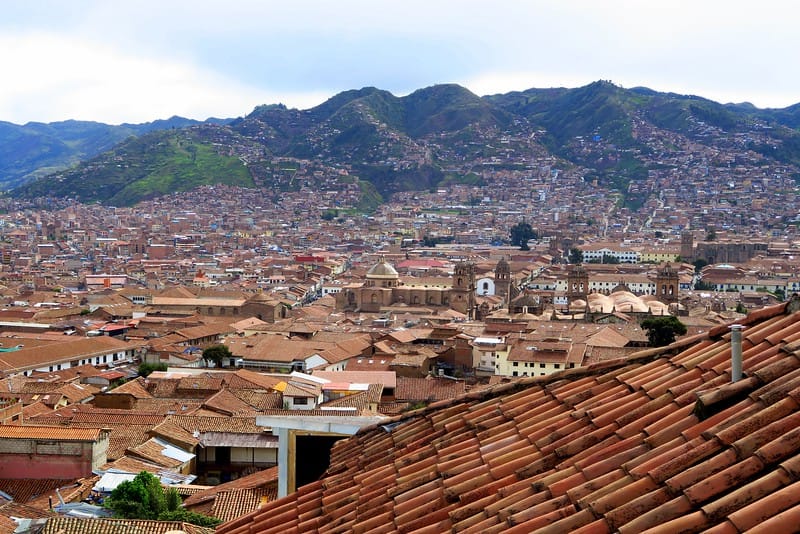
What is altitude sickness?
Altitude sickness, also known as soroche in Peru, is a condition that occurs when you climb to a high altitude too quickly. Because the air is “thinner” at higher altitudes, when you ascend too quickly, your body struggles to get the oxygen it needs. This can result in symptoms like: constant headache which may feel like a migraine, tiredness, nausea or vomiting, loss of appetite, feeling unsteady, difficulty sleeping, upset stomach, shortness of breath, increased heart rate, and generally feeling unwell.
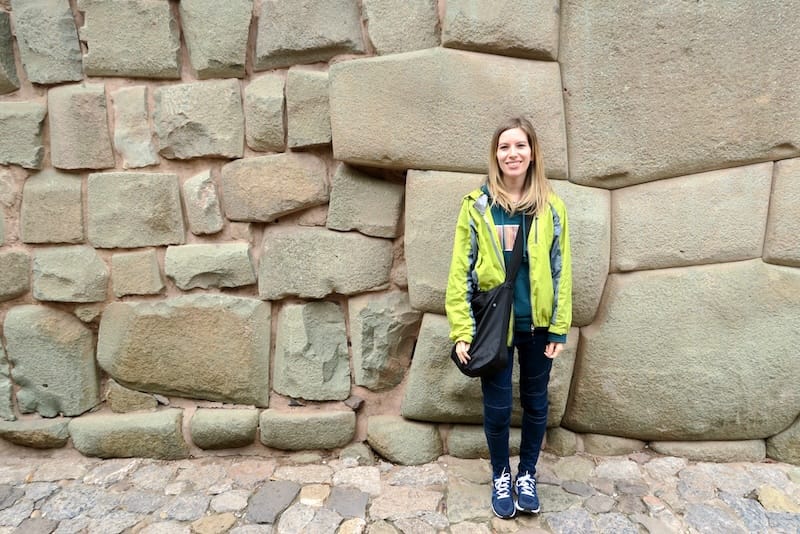
Altitude sickness in Cuzco is common, especially for travellers who have flown in from Lima without time to acclimatize to the change in altitude. Going from sea level to 3,400 meters is a lot for your body to handle. Some feel the effects mildly while others feel quite ill, but it’s hard to predict how your body will react until you get there.
The thing about altitude sickness is that there’s really no magical cure aside from descending to a lower altitude, however, there are a few ways to help lessen the effects of it. Here are a few tips to consider for anyone visiting Cuzco:
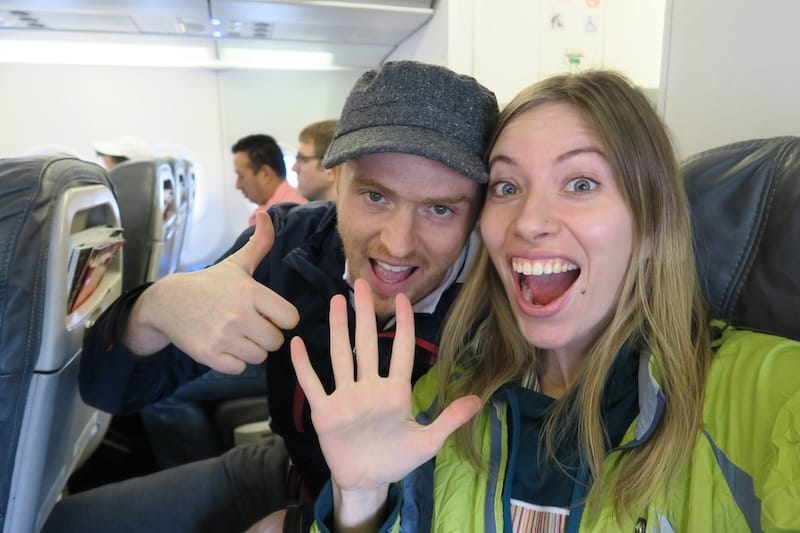
Head straight to bed and rest
The first things you should do once you arrive is get to your hotel and go straight to bed! Your body will need plenty of rest while it tries to acclimatize to the altitude, so take it easy. Have a nap, watch TV, or read a book, just don’t run out and start sightseeing right away because the altitude could hit you like a sack of potatoes when you least expect it.
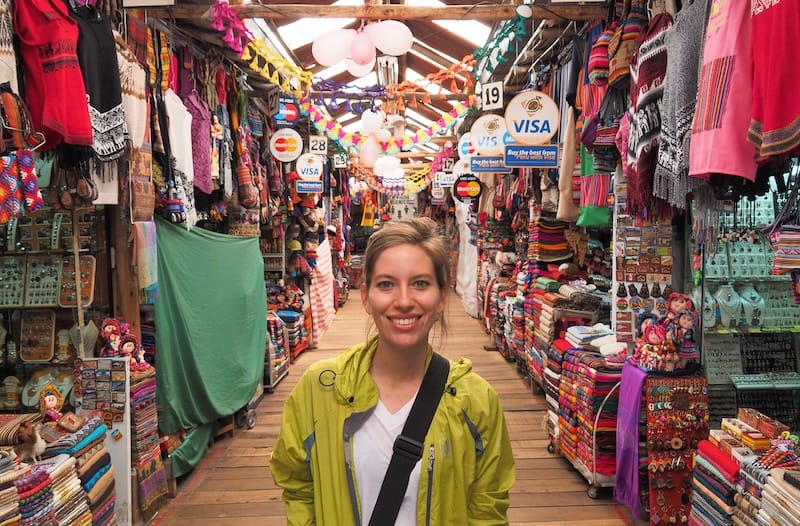
Avoid strenuous physical activity
While you’ll obviously want to start your trip and begin visiting attractions around town, you should still avoid strenuous physical activity for the first few days. Of course you can still go out sightseeing, but just remember to take plenty of breaks, go easy on the steep hills, and take a taxi when necessary. On that note, you’ll also want to keep your daypack as light as possible. Only bring what you need for a day out sightseeing: water, camera, map, etc. There’s no need to wear yourself out.
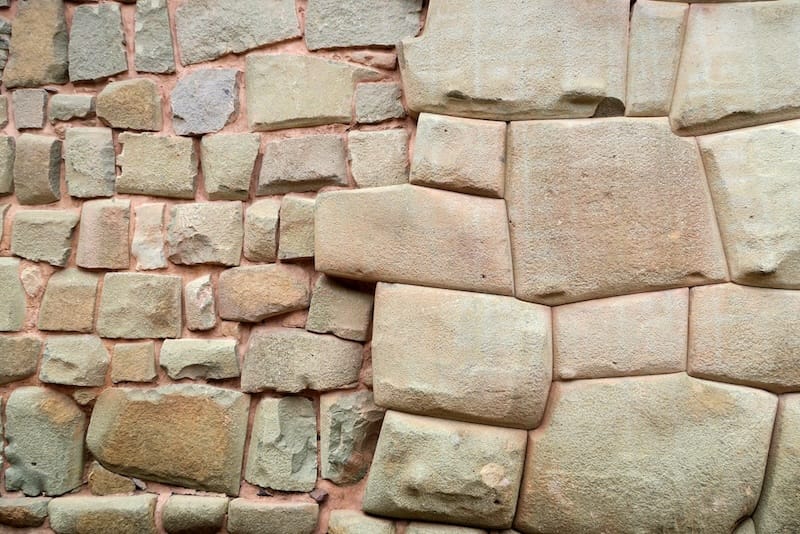
Stay hydrated
Drink lots and lots of water! Because humidity is lower in higher altitudes, that means sweat evaporates quickly and you may not realize how much water you are losing. The lower oxygen levels also cause you to breathe faster, which means that you lose more water through respiration. You should be drinking plenty of water throughout the day, while also avoiding beverages with alcohol and caffeine which cause dehydration.
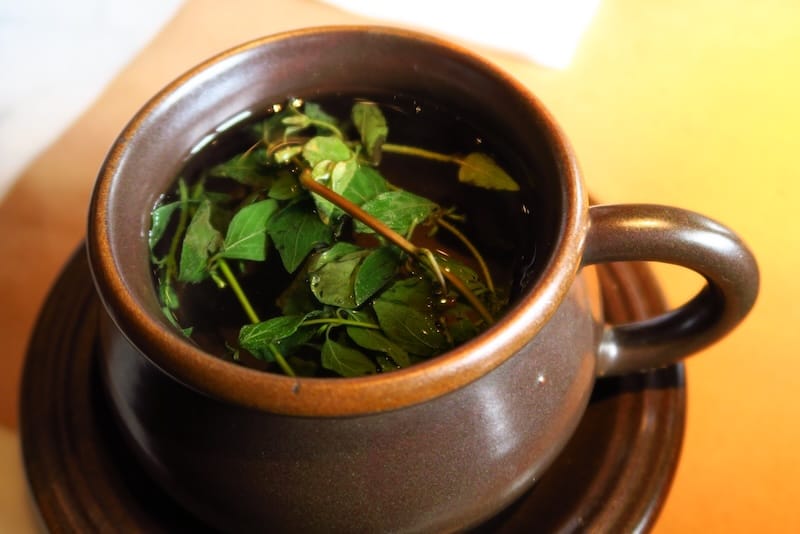
Try coca leaves
Coca leaves have been used for thousands of years by the people of the Andean region for their ability to help prevent altitude sickness. Mate de coca is a tea infusion made with coca leaves and it’s a popular drink that you’ll find available in hotel lobbies and restaurant menus. Alternatively, you can buy coca candy at the market or get a bag of loose coca leaves to chew on. If you decided to chew coca, you’ll want to grab a wad of leaves, break the stems off, wrap them into a little ball, and place them on the inside of your cheek. You can then bite down on the leaves every once in a while to help release the juices.

Be mindful of your meal sizes
Digestion occurs at a much slower rate here so you don’t want to go hog wild with your meals. You’ll notice that larger meals are eaten at lunchtime, while lighter meals are served at dinnertime. Having a light dinner will also help you avoid sleepless nights as your body inevitably struggles to digest all the food. Carbohydrates allow you to use oxygen more efficiently and to maintain your energy levels, so pastas, breads, soups and potato-based dishes are recommended.
Take bottled oxygen
Most hotels in Cuzco that are 4-5 stars have oxygen tanks at hand for any guests who are feeling unwell. You’ll also notice that pharmacies around Cuzco carry bottles of OxyShot, which are small oxygen canisters that you can carry with you.
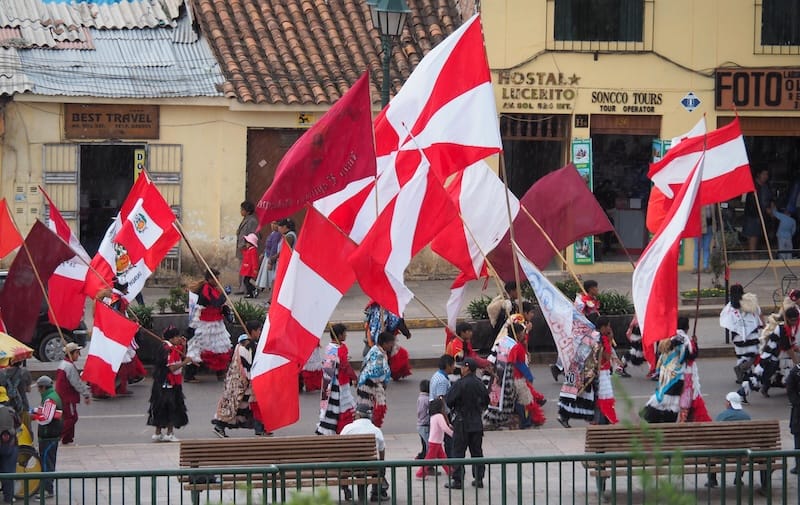
Talk to your doctor about taking medication
I’m clearly not a doctor here, so if you want to get some medication to help fight altitude sickness and you have any pre-existing conditions you’ll want to talk to your physician about that. That being said, acetazolamide is the most common pill used to prevent and reduce the symptoms of altitude sickness. You can either buy it at home with a doctor’s prescription or pick it up at a pharmacy in Cuzco (much cheaper if you ask me). I took it as a precaution on my most recent trip to Cuzco, but it caused me tingling hands and feet which drove me crazy. That’s not to say you’ll experience the same side-effects, but I ended up ditching the medication after one pill and stuck to coca tea instead.
Get travel insurance before you go
This should go without saying as you should always be covered when you travel, but even more so when dealing with high altitude; this coming to you from someone who ended up in a hospital due to high altitude sickness – albeit in Argentina and not Peru. Lesson learned: always be prepared. You can get a quote from World Nomads travel insurance for your Peru trip here.
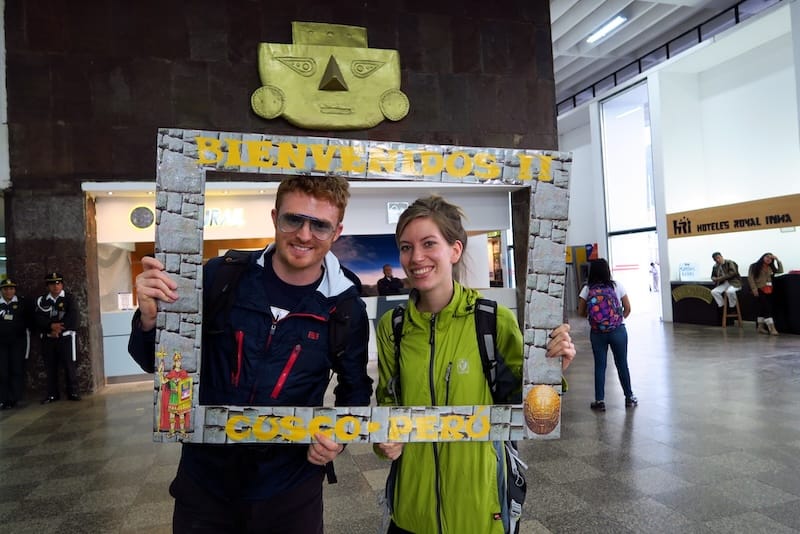
Building an “Altitude-Smart” Itinerary: 10 Practical Steps for Cuzco, Machu Picchu and the Sacred Valley
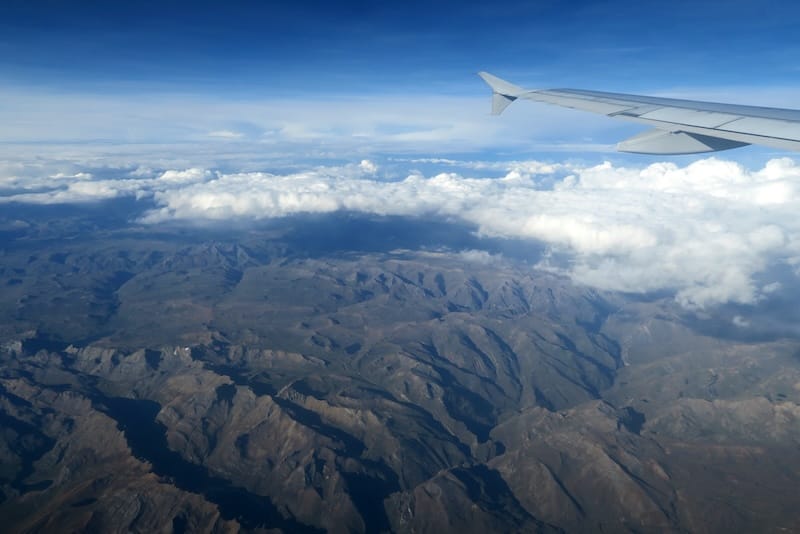
1 – Climb the Andes in Stages, Not in One Hop
Think of elevation like a staircase, not an elevator. The biggest mistake travellers make is flying directly from Lima (sea level) to Cuzco, sleeping one night and jumping on the 5 a.m. train to Machu Picchu. Your body hasn’t had time to build extra red-blood cells, so even mild exertion feels brutal. A gentler strategy:
Day 1: Fly to Arequipa (2 335 m) or Sacred Valley towns like Ollantaytambo (2 800 m). Spend 48 hours there.
Day 3-4: Bus or train up to Cuzco (3 400 m) for museums, cafés and short strolls.
Day 6+: Tackle high points such as Rainbow Mountain (5 200 m) or Salkantay Pass (4 650 m).
That 600-to-1 000 m gradual ascend gives your body time to acclimate safely.
2 – Book “Low-Sleep, High-Play” Excursions
If you plan to hike the classic Inca Trail or the higher-altitude Lares route, pick operators who camp below 3 800 m on night one, even if the trail crosses a loftier pass during the day. Sleeping high is what triggers severe AMS (Acute Mountain Sickness); day hikes with low camps mitigate the risk.
3 – Schedule a Buffer Day After Arrival
Your flight lands at 09:00? Resist the urge to bolt off on a city tour. Instead, pre-arrange an early hotel check-in, drink two mugs of coca or muña (Andean mint) tea, and nap. The adrenaline of travel often masks early symptoms; downtime lets you monitor your body before you commit money to non-refundable tours.
4 – Know the “Red-Flag” Symptoms
Mild headaches and light fatigue are common, but seek medical help immediately if you experience:
| Symptom | Possible Condition | Why It’s Dangerous |
|---|---|---|
| Persistent vomiting | Moderate AMS | Dehydration → cerebral oedema |
| Confusion, trouble walking straight | HACE (brain swelling) | Can progress to coma |
| Breathlessness at rest or dry cough | HAPE (lung fluid) | Can cause respiratory failure |
| Blue lips/fingertips, chest tightness | HAPE | Needs oxygen + descent |
Cuzco’s Clínica O2 and Hospital Regional have 24-hour emergency oxygen wards; don’t wait it out in your hostel.
5 – Make Friends With the Local Pharmacies (Boticas)
Peru’s boticas double as mini-clinics. Pharmacists can check your blood oxygen saturation with a fingertip oximeter (usually free with any purchase). A reading < 85 % at rest is a signal to descend or seek oxygen therapy. Buy a cheap oximeter on Amazon before your trip if you’re trekking remote routes.
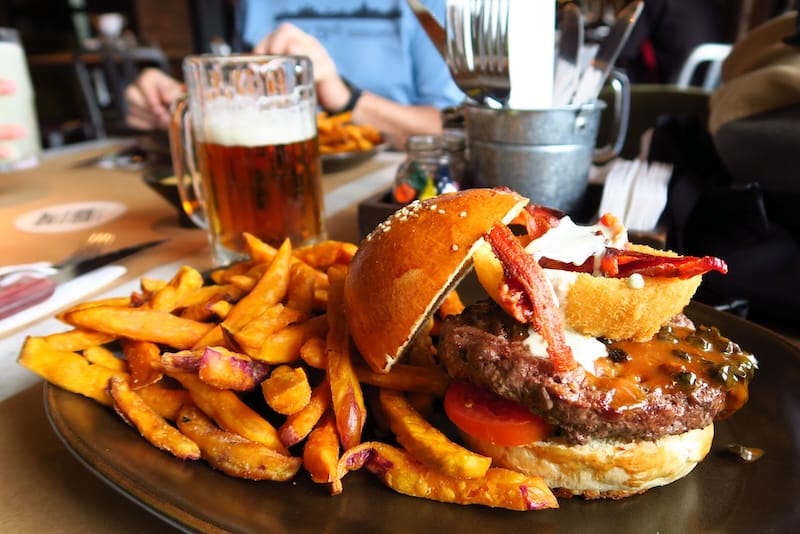
6 – Fuel Wisely: “BEANS” Formula
An easy mnemonic nutritionists at Cuzco’s Andes Clinic teach:
Bananas – potassium combats altitude-induced diuresis.
Eggs – lean protein for muscle recovery.
Andean grains (quinoa, kiwicha) – complex carbs use less oxygen to metabolise.
Nuts – magnesium to relax blood vessels.
Soups – hydration + electrolytes. Peru’s caldo de gallina is a favourite.
Street-stall chicharrón might smell divine, but save heavy fried food for when you return to sea level.
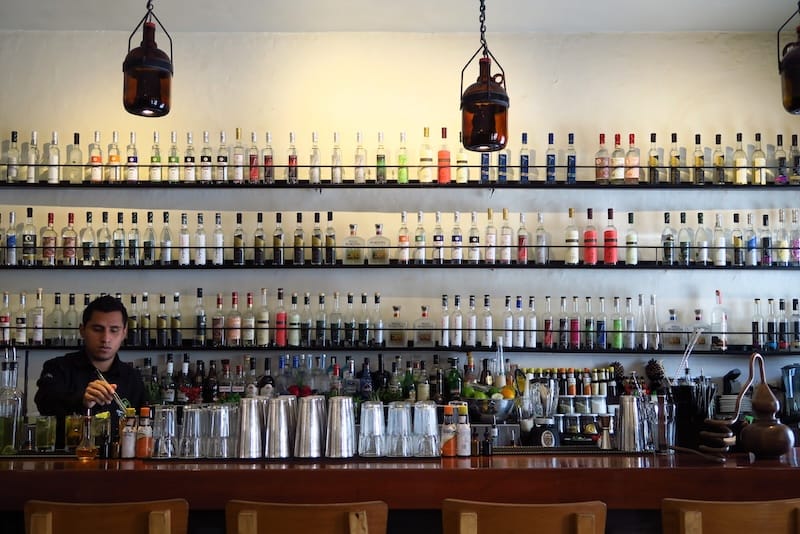
7 – Rethink Alcohol and Nightlife
Yes, pisco sours flow freely in Cuzco’s Plaza de Armas bars, but alcohol dilates blood vessels and worsens headaches. Doctors recommend limiting intake to one drink the first 48 hours at altitude. If you must toast the Andes, alternate each cocktail with a litre of water.
8 – Try “Sorojchi Pills” (The Local Cocktail)
Peru’s over-the-counter sorojchi pill combines low-dose acetazolamide, aspirin and caffeine. Many travellers find it gentler than full-strength Diamox. Take one tablet 30 minutes before landing or bus ascent, then every 8 hours the first day. Important: check for sulfa allergies—acetazolamide is a sulfonamide drug.
9 – Embrace Slow Travel Sightseeing
Cuzco’s historical core sits in a bowl; use gravity to your advantage. Stroll downhill from San Blas artisans’ quarter to the cathedral, cheap taxi back up. Buy the 10-site Boleto Turístico but spread ruins over several days:
Day 1 – Sacsayhuamán at sunrise (10-min taxi), rest, museum.
Day 2 – Qenqo, Puka Pukara, Tambomachay by colectivo, lunch picnic.
Rushing all four sites in one morning—common on mass tours—spikes heart rate and AMS risk.
10 – Sample “Altitude-Friendly” One-Week Peru Plan
| Day | Sleep Elevation | Activities | Why It Works |
|---|---|---|---|
| 1 | Lima (0 m) | Colonial centre, ceviche crawl | Start sea-level oxygen saturation 98-100 % |
| 2-3 | Arequipa (2 335 m) | Santa Catalina Monastery, alpaca steak | First acclimatization step |
| 4 | Sacred Valley (Ollantaytambo 2 800 m) | Pisac market, salt terraces of Maras | Easy hikes, scenic train next day |
| 5 | Aguas Calientes (2 040 m) | Evening hot springs soak | Sleep lower before Machu Picchu |
| 6 | Machu Picchu (visit 2 430 m) | Sunrise citadel tour, Huayna Picchu option | Moderate altitude, descend same day |
| 6-7 | Cuzco (3 400 m) | Museums, San Pedro market, chocolate workshop | Body now primed for higher city |
This stair-step model slashes AMS cases compared with flying direct to Cuzco and racing to MP.
Buen viaje y buen soroche-free aventura!
Have you ever experienced altitude sickness?
How did you deal with it?

This is so helpful, thanks so much Audrey. I’m going to Peru in April and will be remembering your advice then!
I’m glad it was helpful! Enjoy your trip to Peru. 🙂
We go to Cuzco next month and I am quite worried about altitude sickness so this is great – we will definitely be trying your tips! Thanks!
Wishing you a great trip to Peru, Sarah! Hopefully you won’t experience any altitude sickness – fingers crossed!
Great tips! Headed to Cuzco later this year. My friend recommended the mate de coca as well. Said nothing helped better!
The mate de coca is really good. I was drinking several cups a day. Most hotels have a hot thermos bottle in the lobby so you can grab a cup any time of day.
Great straight-to-the-point tips Audrey, when I was supposed to hike in Nepal late 2015 (until the earthquake happened) that was one of the biggest dangers was not understanding and dealing with altitude sickness.
This will be a big help for our visit in Cuzco next month. Thank you so much for sharing great tips in dealing Cuzco Altitude.
Altitude sickness is actually what I fear the most about going to Peru. I’m a bit worried about how my body will react to it – but as you said: there’s no way of knowing before you get there.
I’ve read many places that the cocoa leaves are supposed to be helpful!
Thanks for the tips! I didn’t know about coca leaves! I had very bad altitude sickness when I went to Colorado last year! It was kind of a miserable trip because of it!
I don’t usually get altitude sickness below 12,000’/3660m; but I got it real bad, while climbing Mt Kilimanjaro in Tanzania, in 1972. At 15,000’/4575m I had a pounding headache; which continued all the way to the 19346’/5998m summit and the return to the 3660m level. so about 36 hrs of feeling really lousy. Some bottled Oxygen would have been handy; but wasn’t available in the local markets in 1972.
I grew up in Colorado, sitting at roughly 6,000 feet most of my life. Last year I climbed a 14er – a mountain reaching up to 14,000 ft – and had my first and only experience with severe altitude sickness. I would’ve been absolutely miserable without bananas.
Sounds strange, I know, but I was hiking with a search and rescue medic who keeps them handy for out of town tourists who try to do too much too fast up in the high country. There’s something about potassium – saved me, for sure!
Hola A,
Mi nombre es Sergio (soy arg), vivo en Vancouver y en Marzo vamos con mi pareja a Cuzco/M.Picchu. Vamos a seguir tus interesantes consejos y los esperamos por la west coast con empanadas caseras. 🙂
Muy lindo travel blog!
Saludos
Altitude sickness definitely isn’t fun! It’s happened to me before and I remember it hit me all at once. These were helpful tips for any traveler going to Cuzco in the near future. I didn’t realize how high up this ancient city was in the Andes! I’ll be sure to come back to this article if I ever make a trip to this great country.
Coca Leaves were the only remedy for me that worked when I was in Cusco. But, apparently chewing the leaves themselves is more effective than drinking the tea (well, as long as you can stomach it).
I’d recommend adding an extra day or two onto your stay to become acclimated to it. My first two were a complete write off.
I heard about some tablets you can pick up from a Pharmacy that were effective, but from what I was told you need to take them at least a week before you go.
Hi there,
I live in Cusco, Peru and found this post very interesting with useful tips to avoid altitude sickness in Peru.
Indeed, Cusco is located at 3400 meters (11150 ft.) above sea level, so those who come from Lima directly by plane might suffer a slight dizziness or a headache upon arrival. That’s why is important to have the first day for resting and getting used to the altitude (eat light, drink lot of water, avoid alcohol, etc.) Some travelers make the mistake of booking tours on their first day of arrival and have breathing issues afterward, my sincere recommendation is to take it easy the first day and “attack” the following.
I have then decided to write some complementary information that might be helpful for those interested in the topic: http://www.machupicchu-explorer.com/blog/prevent-altitude-sickness-cusco-machu-picchu/
Regards